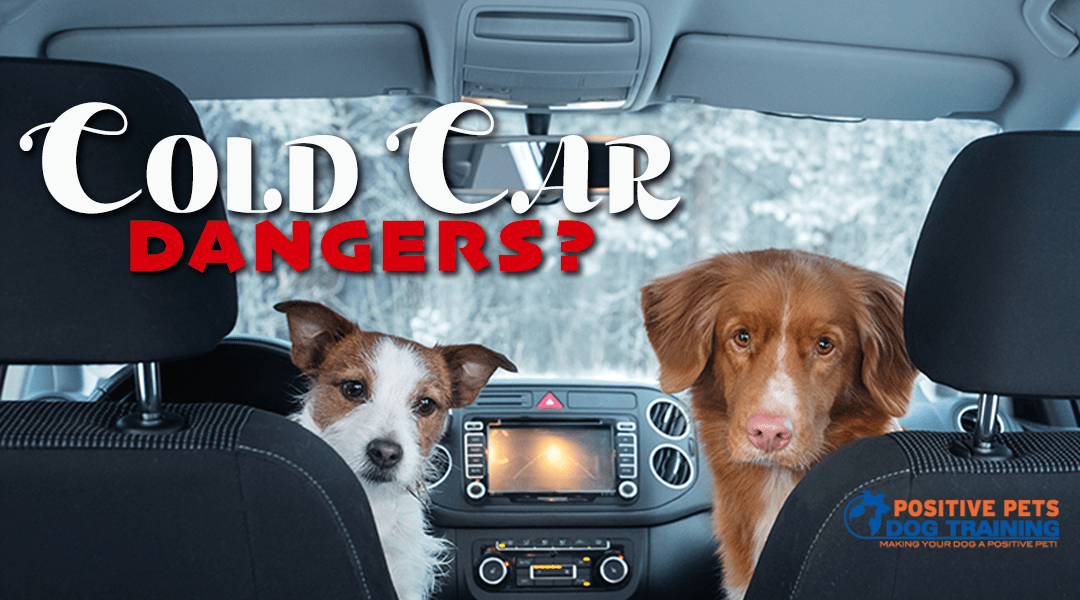Sometimes accidents or tragic events happen. We want to be as prepared as possible to deal with any event that may come along involving our dog. If your dog is in a scary situation, you want to be able to stay calm and step in to help. One way to do this is to know what you can do with CPR. We will let you know how to go about these different steps to CPR and what you can do to save your dog in a possibly deadly scenario.
Step 1: Evaluate Your Dog
The first question to ask is are they breathing? Hold your hand or cheek to their nose to see if there is any air coming out. If there is not, check the airways. Look inside their throat to see if something is possibly blocking their breathing abilities and remove if needed.
Now you need to see if they have a pulse, which is best done by checking their inner thigh where their femoral artery is. Take their hind leg and find the space where the leg joins the body. Press gently where you’ll feel a slight dip and try to feel a pulse. You can also check their metacarpal pad, which is the large, center pad of their front paw, or directly on top of the heart.
Step 2: If They Do Not Have Pulse and Aren’t Breathing
If your dog doesn’t have a pulse, it is time to perform CPR.
Prep
First you need to lay your dog on a flat surface, such as a table, with their left side facing up. Try to straighten and align their head and neck to create a direct airway. Pull their tongue forward, resting it against the back of their teeth, and shut your dog’s mouth. Stand behind their back and find the heart. Position your hands (palms down, one over the other) on the widest part of their rib cage. This should be near their heart, but not directly on top of it. If your dog is smaller than 30 lbs. place your fingers on one side of the chest and your thumb on the other, creating a cup instead of having your palms open.
Compressions
Start quick compression. The key is to keep your elbows straight and only compress 1/3 to 1/4 of the width. You should be pushing hard, but not going down too much. If your dog is under 30 lbs., squeeze the chest instead of pushing down. If you have a large dog, the rate should be 15 compressions every 10 seconds and if your dog is smaller it should be 17 per 10 seconds.
Artificial Respiration
After each set of 15 (or 17) compressions, it is time to start artificial respiration. Put your hand over your dog’s mouth and keep it completely closed. Put your mouth on your dog nostrils and blow, checking to make sure your dog’s chest lifts. Blow harder if it is not rising. If you have a small dog, place your mouth over their entire muzzle. Do this after every set. If you can possibly have 2 people, do the artificial respiration after every 5 compressions.
Abdominal Squeeze
After each set and breath, give your dog an abdominal squeeze. Take your left hand and put it under your dog’s abdomen, with your right on top. Push down, causing a squeeze, which will allow circulation of blood.
Keep this routine of compression, breath, and squeeze until your dog regains a pulse or is breathing. If you are doing this for 20 minutes, you will probably not have any success if you continue.
Pulse, But No Breathing
If your dog has a pulse, but is not breathing, go straight to Artificial Respiration. Instead of 1 breath every 15 compressions, give one breath every 2-3 seconds.
Safety Issues
You should be using enough force that you possibly cause injury, such as a collapsed lung or broken rib. These can be treated, so do not be discouraged from trying your hardest with CPR. Keep going, since your vet can fix those problems later on.
Do not practice this on a healthy dog, since this can be extremely dangerous. You can practice finding their pulse and heart, but not compressions. You can also educate yourself further by watching YouTube videos and keeping emergency animals number in your phone.
Hopefully you will never have to use this technique, but it is better to be safe than sorry. You never know when your dog or someone else’s dog may need help and you will be the person in the room to have this knowledge. Good luck!


